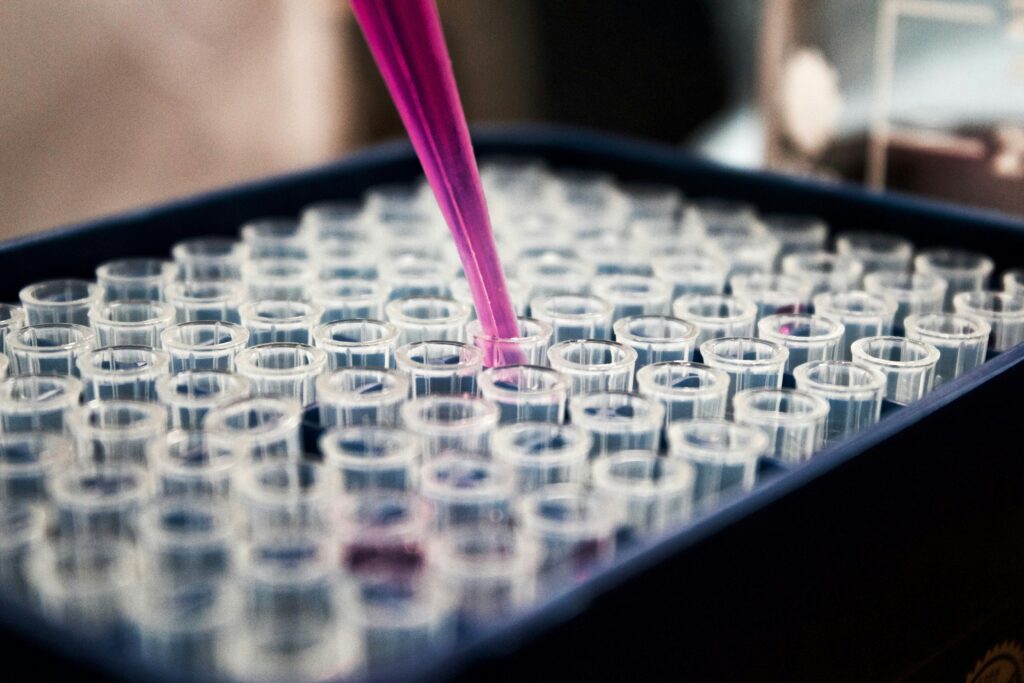urology
Bladder Tumor Clinical Studies

What is a Bladder Tumor?
Abnormal growths that form in the bladder wall or lining are referred to as bladder tumors. Researchers look on both invasive and non-invasive bladder tumor forms in our Bladder tumor clinical studies. Papillary tumors are examples of non-invasive bladder tumors that grow toward the bladder’s inner surface but do not pierce deeper layers. On the other hand, invasive bladder tumors can spread to adjacent organs or lymph nodes after penetrating the bladder wall.
The goal of Bladder tumor clinical studies is to better understand the risk factors that are connected to these tumors, which include age, smoking, exposure to specific chemicals or dyes, and persistent bladder infections. Bladder tumor symptoms might change according on the kind and stage of the tumor. Bladder tumor clinical studies have shown that hematuria—the sensation that one has blood in one’s urine—is a common symptom. This can include anything from more obvious blood clots to pink or red urine, which could be signs of bladder bleeding from a tumor.
Bladder tumor clinical studies have also examined other symptoms, such as pelvic or back pain, discomfort or pain during urination, and urgency or frequency of urination. People may lose weight, become exhausted, or develop edema (swelling in the feet) as their bladder tumors grow. Diagnosing bladder tumors and starting therapy on time depend on early diagnosis using imaging tests like CT scans, MRIs, or cystoscopies.
Bladder Tumor Symptoms
Early diagnosis and treatment of bladder cancers depend on the ability to recognize their symptoms. Knowing these symptoms aids in the identification of possible cases and the provision of appropriate care in clinical research pertaining to bladder tumors. According to Bladder tumor clinical studies, hematuria—the appearance of blood in the urine—is one of the main symptoms connected to these tumors. Urine that is pink, crimson, or even dark brown may be the first sign of this symptom, which denotes different levels of bladder bleeding brought on by the tumor.
Urinary urgency or frequency is another prevalent symptom that has been emphasized in our Bladder tumor clinical studies. This condition causes people to feel the need to urinate more frequently than normal or with an uncontrollably strong urge. This ailment can interfere with day-to-day activities and negatively impact quality of life, making people seek medical assistance. Some patients may also have pain or discomfort when they urinate, which is a sign that the tumor may be irritating or obstructing the bladder.
The symptoms of bladder tumors may develop with time, and people may have lower back or pelvic pain that either stays the same or gets worse. The growth of the tumor and its effects on the surrounding tissues could be the cause of this pain. Systemic symptoms, which impact general health and well-being, can also manifest as weight loss, exhaustion, and swelling in the legs (edema), particularly in advanced stages of bladder tumors.
Bladder Tumor Treatment Options
The type of tumor, its stage, the patient’s preferences, and general health all influence the available treatment choices for bladder tumors. Researchers investigate a range of therapy approaches in our Bladder tumor clinical studies with the goal of efficiently controlling tumors while maintaining bladder function and quality of life. Treatment for non-invasive inner lining-confined bladder tumors may include transurethral resection of the bladder tumor (TURBT), in which the tumor is excised via the urethra using a specialized tool.
Radical cystectomy may be advised in situations where bladder tumors are more aggressive or have spread to deeper layers of the bladder wall, as demonstrated by our Bladder tumor clinical studies. In order to stop the spread of malignant cells, this surgical treatment entails removing the whole bladder along with any surrounding lymph nodes. Reconstructive surgeries to preserve urinary function and quality of life, such as urinary diversion—a new route for pee to leave the body—may be necessary, depending on the degree of the surgery.
Bladder tumor clinical studies also look at adjuvant treatments including immunotherapy and chemotherapy, which can be administered either before or after surgery to target cancer cells that may still be present or to stop a recurrence. For patients with non-invasive malignancies, intravesical chemotherapy is a method of administering chemotherapy medications directly into the bladder to lower the chance of cancer recurrence. Immunotherapy medications, like immune checkpoint inhibitors, provide a viable alternative for certain patients with advanced bladder tumors by boosting the body’s immune response to identify and eliminate cancer cells.
According to our Bladder tumor clinical studies, radiation therapy can be used to target and decrease tumors, especially when surgery is not an option, or it can be used to treat symptoms like pain. With an emphasis on supportive care and pain management, palliative care is essential for patients with advanced bladder tumors in order to manage symptoms and enhance quality of life.
Explore Bladder Tumor Clinical Studies
Would you like to take part in our Bladder tumor clinical studies? Explore the available opportunities and find out more about how you can help advance the understanding of bladder tumors and their treatment choices by clicking the link below. Your involvement could open doors to cutting-edge treatments and enhance the quality of life for those with bladder tumors.
Ready to Prevent Bladder Tumors?
Get in touch with our experts right now if you have any inquiries about bladder tumors or if you’re thinking about taking part in our Bladder tumor clinical studies. Our committed medical staff and research coordinators are available to answer any questions you may have, set up your initial visit, and help you through the study procedure. Make an appointment with us right now to begin controlling bladder tumors and enhancing your overall health and wellbeing. For more health related articles, follow us on Linkedin.

